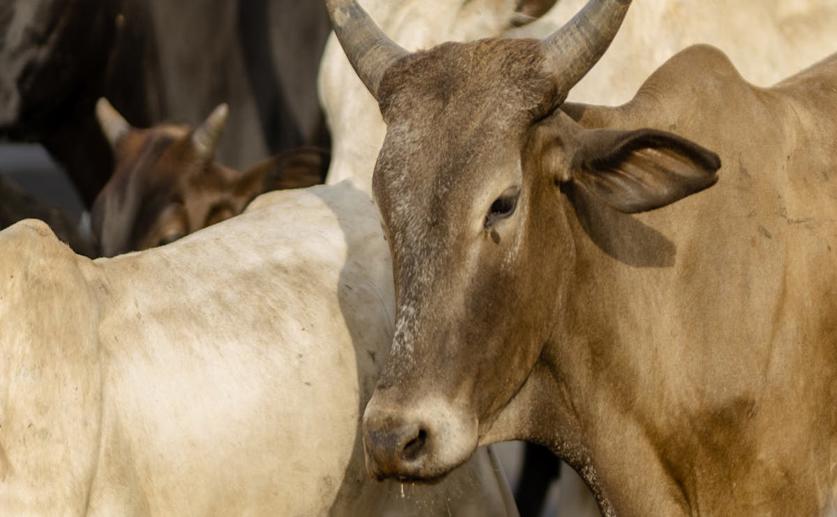
Why Ticks Prefer Certain Spots on Cattle
Jim Crocker
8th April, 2024

Key Findings
- In Ghana, cattle carry an average of 5.6 ticks, with higher infestations on the udder/scrotum
- Two main tick species found were Amblyomma variegatum (43%) and Hyalomma rufipes (26%)
- Older cattle (over 3 years) had more ticks than younger ones
References
Main Study
1) Risk factors affecting the feeding site predilection of ticks on cattle in Ghana
Published 5th April, 2024
https://doi.org/10.1007/s10493-024-00906-7
Related Studies
2) Molecular and immunological characterization of Hyalomma dromedarii and Hyalomma excavatum (Acari: Ixodidae) vectors of Q fever in camels.
3) Occurrence of Rickettsia spp. and Coxiella burnetii in ixodid ticks in Kassena-Nankana, Ghana.
4) Occurrence of Rickettsia spp. and Coxiella burnetii in ixodid ticks in Kassena-Nankana, Ghana.



 18th March, 2024 | Jim Crocker
18th March, 2024 | Jim Crocker